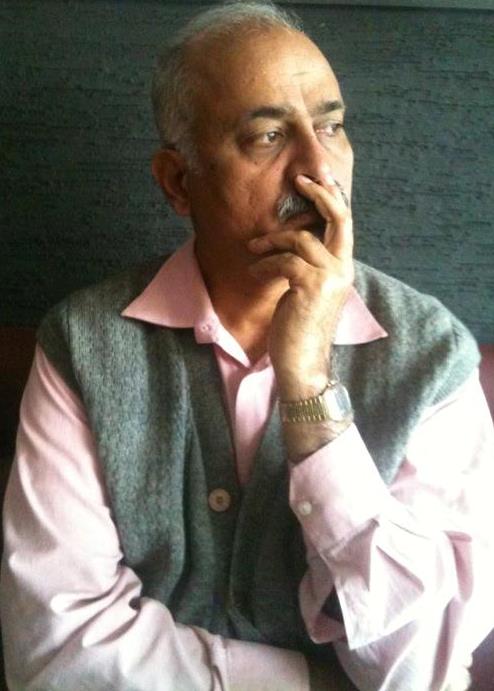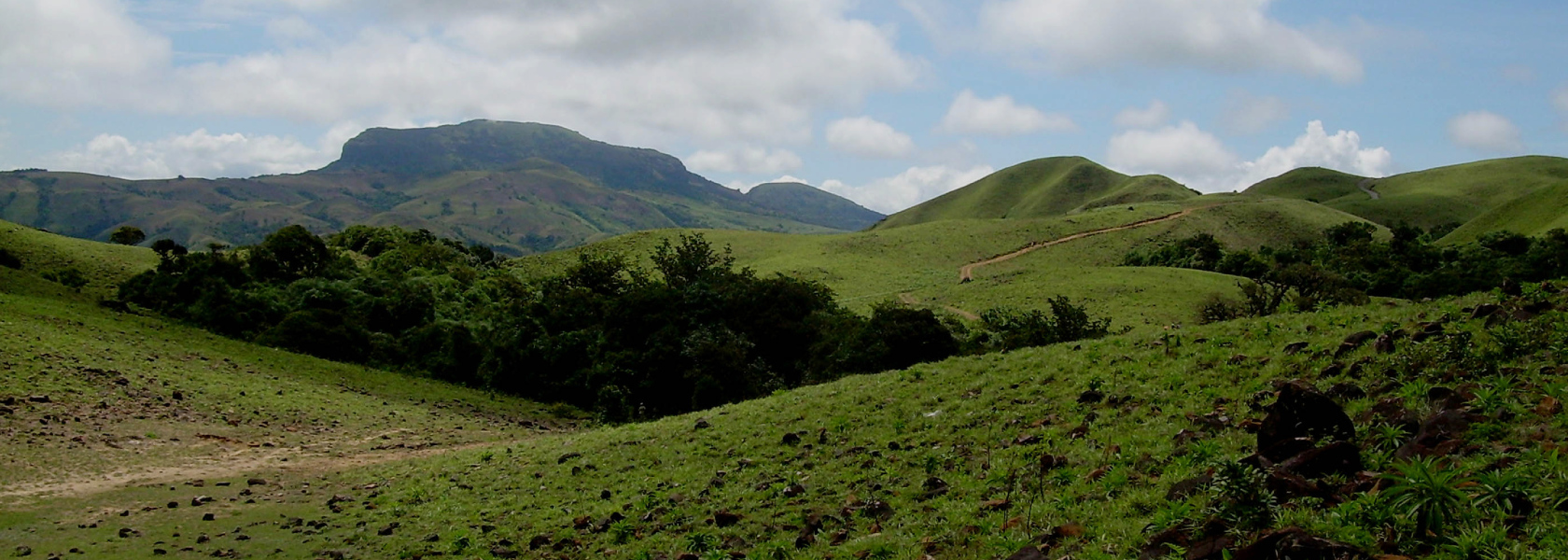
Blogs
KODAVA THAKK , AN INDEPENDENT LANGUAGE , NOT A DIALECT
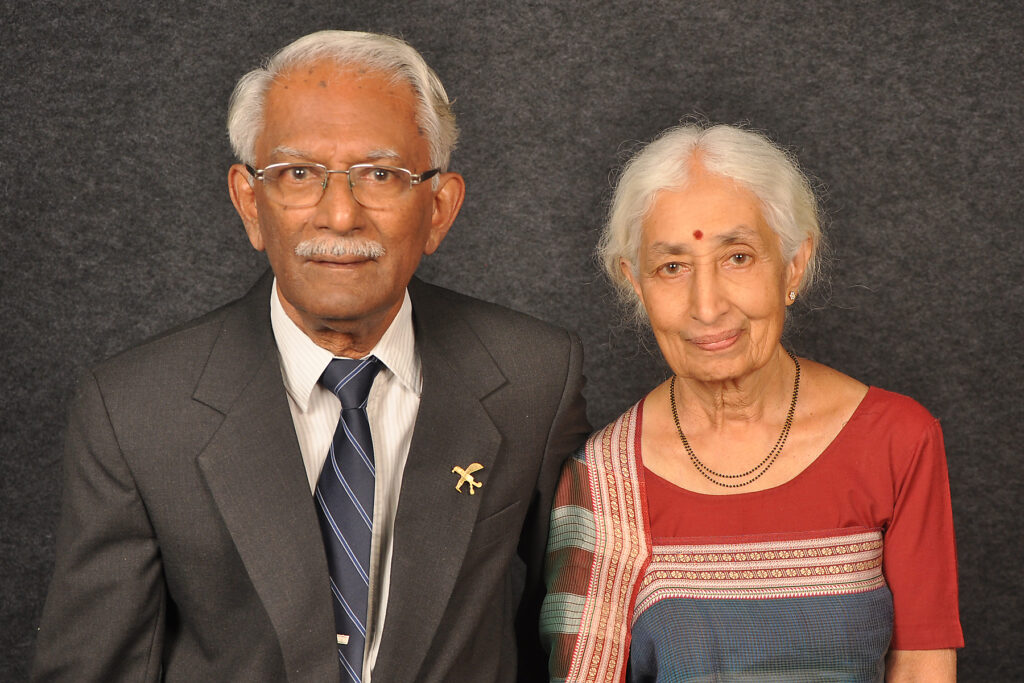
By Boverianda Nanjamma and Chinnappa
A language is not only a means of communication – it is a repository of the cultural values and traditions of a people and an important determinant of its identity. It is a living, dynamic record of the history and experiences of a people, memories of which are preserved and conveyed to future generations in words, proverbs, riddles, songs, myths and stories.
Kodava thakk (the Kodava language) is the language spoken by the native communities of the district of Kodagu (Coorg), in the State of Karnataka. It is a language whose origin probably dates back to the early history of the region.
International language experts such as Prof.M.B.Emeneau, Prof.P.S. Subrahmanyam and Dr. R.Balakrishnan among others have established that Kodava thakk is an independent Dravidian language and not a dialect, as was wrongly surmised by early western writers.
It is said to be one of the oldest spoken languages in South India, an oral language that now uses the Kannada script. Prof. Emeneau, an Emeritus Professor, Dept. of Linguistics, Univ. of California Berkeley, a scholar in Sanskrit and Dravidian languages, stayed in Coorg for many months, studying the language. Prof.P.S. Subrahmanyam Prof of Linguistics at Annamalai University, spent time after retirement studying the Kodava language and Dr. R.Balakrishnan Prof. of Linguistics at Annamali University, wrote two books on the Kodava language, Phonology of Kodagu with Vocabulary (1976) and A Grammar of Kodagu (1977).
That the Kodava language belongs to the Dravidian family of languages is undisputed, whatever may be the origin of the Kodavas. Comparative Dravidian studies have shown that the Kodava language belongs to the South Dravidian group of languages, which branched off from Proto-Dravidian. In that group it is closely related to Tamil-Malayalam. The other members of the group are Irula, Kota, Toda, Kannada, Tulu and Koraga.
Kodava thakk is the mother tongue of the Koḍava community and of about 20 communities of the very early inhabitants of Kodagu. These include the Airi, Amma, Banna, Banya, Boone Patta, Golla, Hajama, Heggade, Kaniya, Kapala, Kembatti, Kodava Nair, Koleya, Koyava, Madivala, Maleya, Marangi, Meda, Panika and Poomale Kudiya, all of whom live mainly in the Kodagu region. All these communities, including the Kodava, are ethno-linguistic minority communities in Kodagu, and together they constitute about 17% of the population of Kodagu.
Besides these, some of the later immigrants who put down their roots in Kodagu are also fluent in Koḍava thakk, a language that they use for everyday conversation – often among themselves, in the market-place, and with communities whose mother-tongue is Kodava. Therefore the actual number of people who can and do speak Kodava thakk is larger than the number for whom Kodava thakk is the mother-tongue.
When the Haleri kings, whose mother tongue was Kannada, started to rule Kodagu in 1600, they imposed Kannada as the court language and as the official language of Kodagu. Ever since then, Kannada has had a major influence on Kodava thakk. When the British rule started in 1834, they introduced formal education in Kodagu with the establishment of schools. Most of the schools had Kannada as the medium of instruction. This strengthened the influence of Kannada on Kodava thakk, an influence which has increased further after Kodagu became a district in the State of Karnataka in 1956.
As is true for any living language, Kodava thakk cannot remain static and insulated from interaction with and from being influenced by other languages with which it has contacts. It continues to grow, borrowing from other languages, especially from Kannada. It has borrowed a few words from Hindi which was acquired by the large number of people from Kodagu who joined the Indian armed forces, and from English which became popular because of the demands of education and employment in modern times.
While Kannada continues to be the official and administrative language in Kodagu, the Kodava language is used primarily in the home, and during cultural occasions and community gatherings. Those whose mother-tongue is Koḍava thakk have a deep attachment to it and the language is an important marker of their identity.
Koḍava thakk is a spoken language with no script. It does not have much written literature to speak of, as is true for the vast majority of languages of the world. But it is a language that is rich in traditional folk literature – folk-songs, folk-tales, folk-plays, ballads, proverbs, riddles and sayings, all of which were transmitted orally down generations of Kodava-speaking people. During the rule of the Haleri kings, the Kodava language began to be written in the Kannada script, and following that the folk literature too was written in Kannada to help preserve and pass it on to future generations.
However, there is a need for five diacritical marks to distinguish the vowel sounds that are peculiar to the language and help pronounce Koḍava words correctly when written in the Kannaḍa script – these diacritical marks have been used in the trilingual Kodava languge dictionary, ‘Koḍava Arivole’ (2016), by Dr. Boverianda C. Uthaiah & Mrs. Boverianda Thangamma Uthaiah.
There is a common misconception that Kodava thakk is a dialect and not a language, since it is an oral language with no script of its own. If the definition of a ‘language’ is ‘one that has its own script’, many major languages of the world like English, French, Spanish and German, which too do not have their own script and use the Roman/Italian script, and Hindi, which uses the Devanagri script, should be called dialects, which of course they are not.
The main body of literature in the Kodava language is oral folk-literature. A very early compilation of Kodava proverbs was done by a German missionary, J.F.Wile in 1886. It was only in the early 1900s that stories, poems, songs, novels and plays etc., began to be written in Kodava thakk using the Kannada script.
The earliest published works in Koḍava thakk, now considered as classics, are the four plays by Appaneravanda Appacha Kavi (1868-1944) – Yayathi Maharajanda Nataka (1906), Savithri Nataka (1908), Subrahmaṇya Swami Nataka (1908) and Shri Moola Kaveri Nataka (1918) – all of which contain many poems.
And the two books by his contemporary Nadikerianda Chinnappa (1875-1931), the Pattole Palame, a compilation of Kodava folk-songs, proverbs and riddles (along with a description of customs, written in Kannada) (1924), and Bhagavanthanda pat, his translation of the Bhagavad Gita in the balo pat style of Koḍava folk-songs (1929).
Other early writers in the Koḍava language since the 1940’s were Bachamada D.Ganapathy and Iychettira M.Muthanna. In the past few decades there have been many more writers in the Kodava language, motivated and encouraged by the Koḍava language weeklies, and institutions such as the Kodava Thakk Parishath and the Karṇataka Koḍava Sahithya Academy. The popular Koḍava language weekly newspapers, Brahmagiri that started publication in 1980, and Poomālé that has been in print since 1997, have contributed much to promote and encourage writers and readers in the Koḍava language.
In 2007, the Karṇataka Koḍava Sahithya Academy,jointly with the Central Institute of Indian Languages, Mysuru, brought out a Language Primer called Koḍava Bārathi, along with teaching tools to introduce Kodava language as an optional subject in schools across Koḍagu. Recently, Mangalore University has announced its plans to offer an MA degree course in Kodava language, the curriculum and guidelines for which have been prepared in collaboration with the Karṇataka Koḍava Sahithya Academy. These are significant efforts to preserve and strengthen the Koḍava language.
Since 1980, Aḍḍanda Cariappa, a playwright, has written, directed and acted in many plays in the Koḍava language. Significant recent additions to the poetic literature in the Koḍava language are Nagesh Kalur’s Sri Bhagavad Gita Darshana (2008), a translation of the Bhagavad Gita in choupadi (verse of four lines), and Manḍira Jaya Appanna’s award-winning ‘Koḍava Jayā Bhāratha’ (2011), a translation of the epic Mahabāratha in shatpadi (verse of six lines), in which are woven many Koḍava traditions, scenes and situations.
There are two major and well-recognized dialects in the Koḍava language – ‘Kiggatt thakk’ which is spoken in Kiggat nad (South Koḍagu) and ‘Mendale thakk’ which is spoken in Mendale nad (Central Kodagu). There is yet another dialect – the Surlabhi thakk which is spoken by the small number of people in Surlabhi nad (North Kodagu). Over time, the Mendale dialect has become popular and is now the preferred, standardized style of the language, for both speaking and writing.
According to UNESCO’s 2009 report ‘Atlas of World’s Languages in Danger’, Kodava is one of five languages in Karnataka (the others are Tulu, Koraga, Kuruba and Irula), and one of 196 languages in India and 2500 in the world, that are considered to be ‘endangered’ or ‘vulnerable’. UNESCO warns that unless the concerned authorities take immediate steps to protect and promote them “these languages may vanish by the end of this century”. G.N. Devy, the authority on Indian languages, says that of the nearly 780 Indian languages, 400 are ‘endangered’.
It is our fervent hope that Kodava language will not ‘vanish’ as is feared and that although the language is that of a very small community, we will continue to use it and develop it with more works being written in the language so as to keep Kodava culture and values alive.
*Boverianda Nanjamma and Chinnappa (in picture), researchers, are the grandchildren of Nadikerianda A. Chinnappa, compiler of the Pattole Palame, a collection of Kodava folksongs and traditions.
The couple completed the translation of the Pattole Palame, written in the Kodava language, into English in 2003.
In 2014, the Chinnappas wrote a book – Ainemanes of Kodagu, documenting information on the ancestral homes of the original inhabitants of Kodagu.
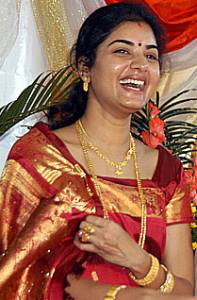
RASHMIKA MAY BE A TOP BOLLYWOOD STAR. BUT KODAVAS (COORG) LOVE SANDALWOOD STAR PREMA
By P.T. Bopanna The controversy sparked by actress Rashmika Mandanna by her statement that she was the first from Coorg […]
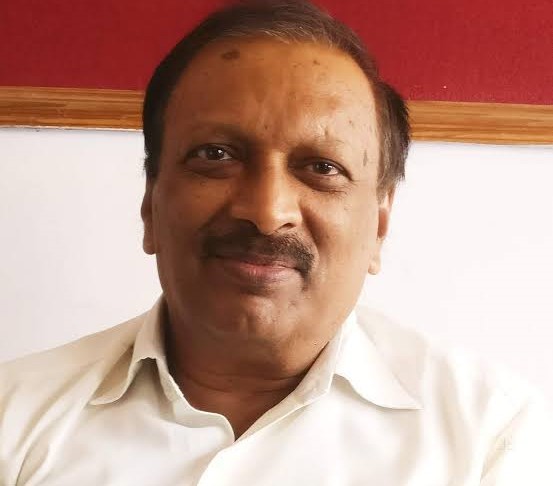
BIRD-WATCHING: FEATHERED JEWELS OF COORG
By P.T. Bopanna Dr S.V. Narasimhan (in picture), the author of the book “Feathered Jewels of Coorg” is a medical […]
